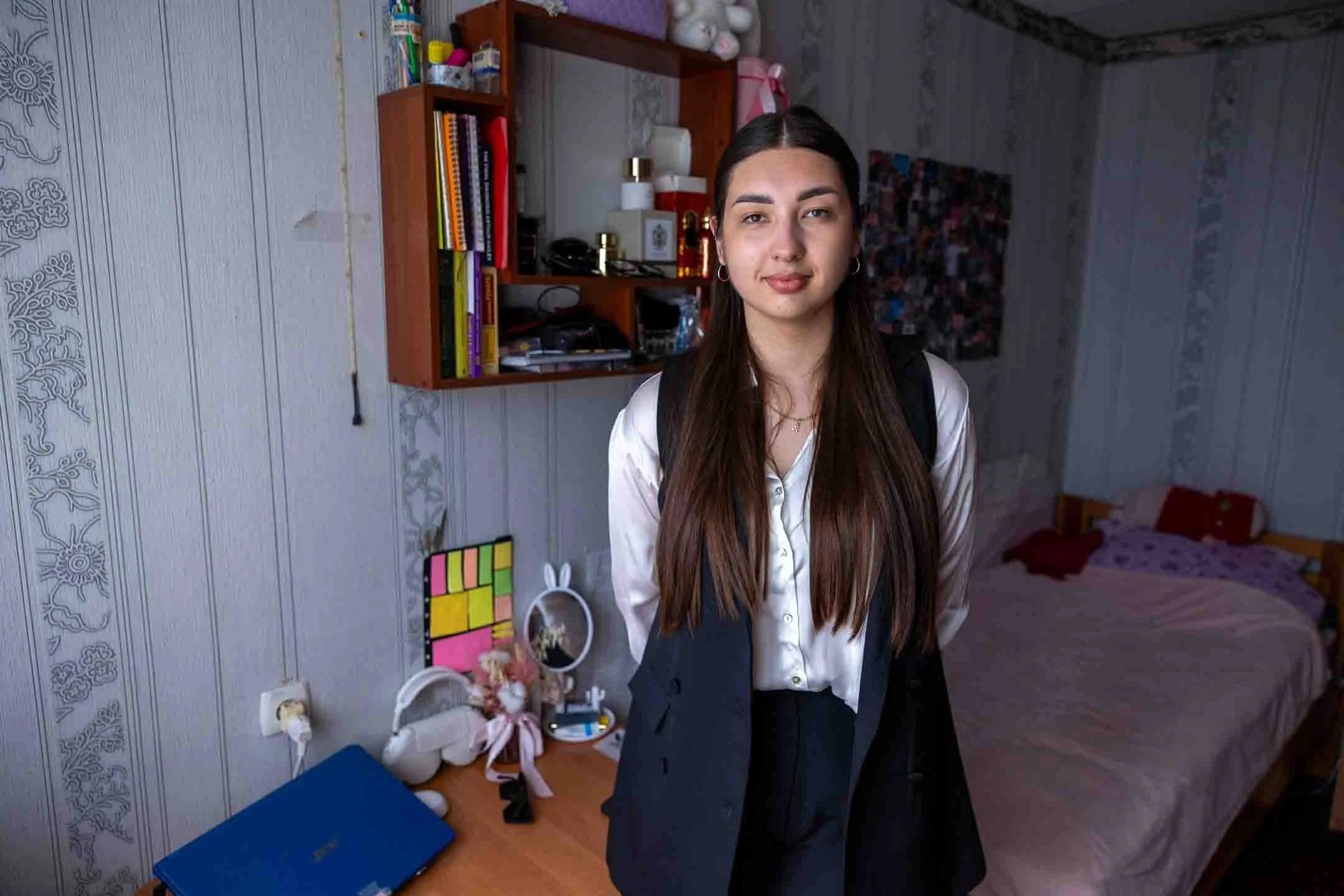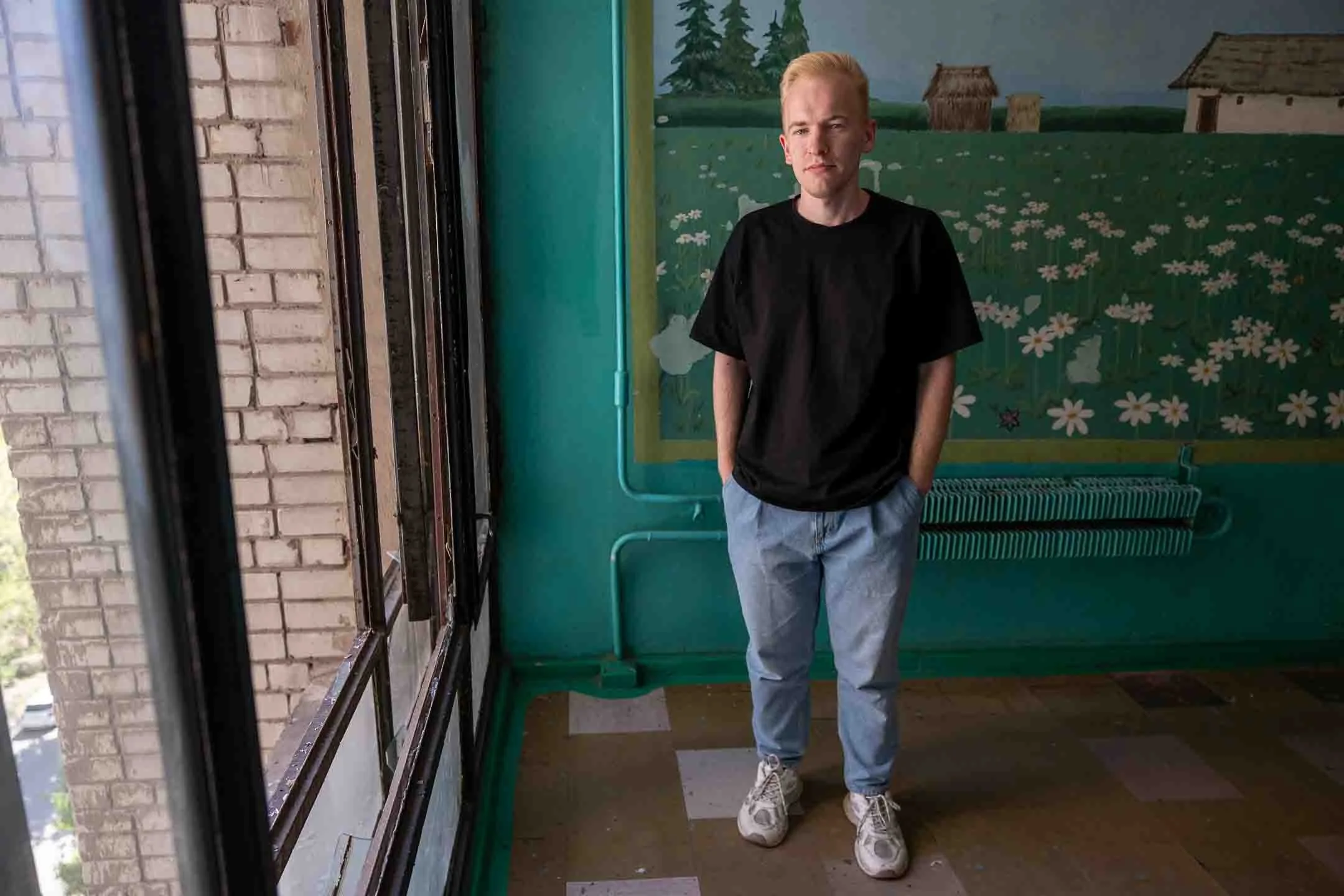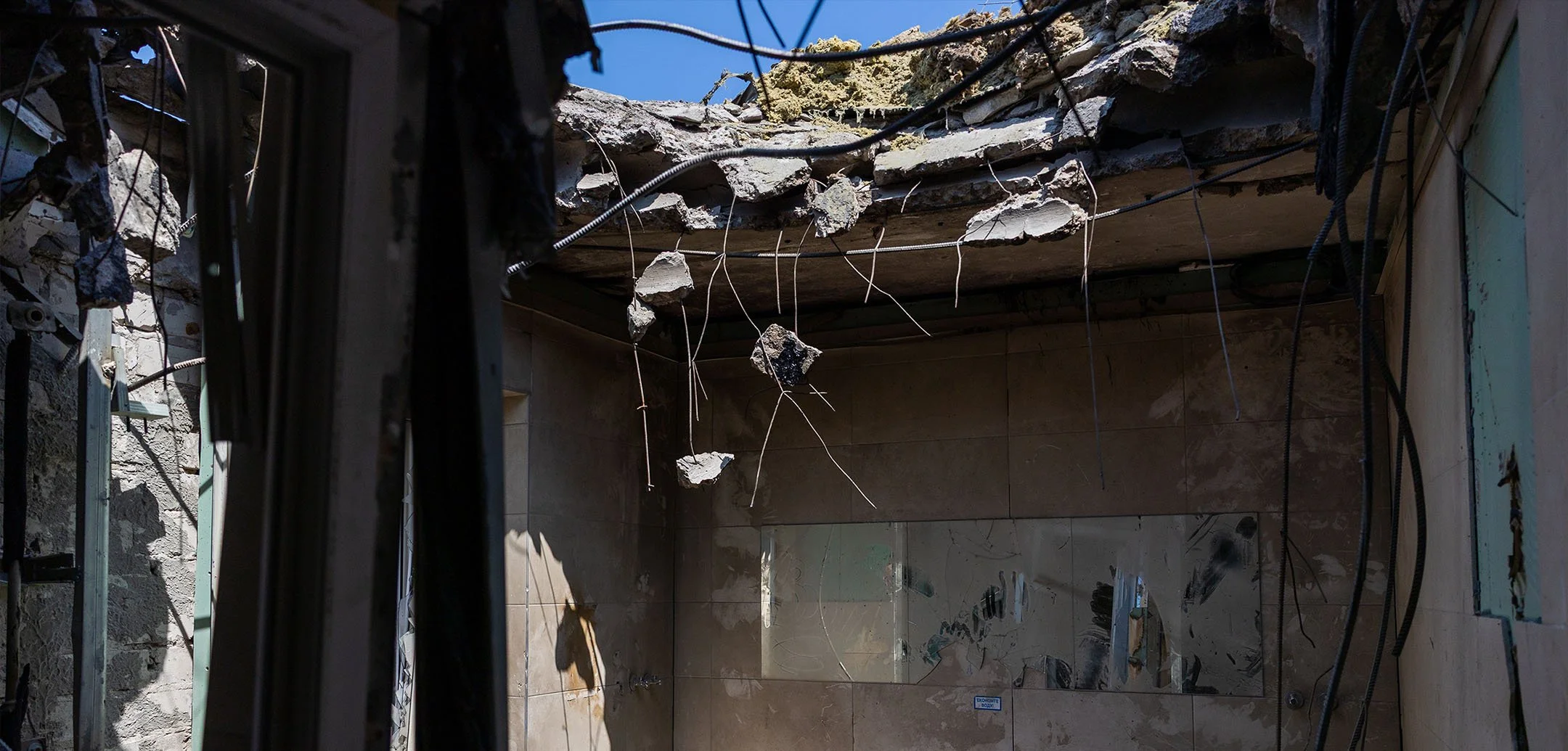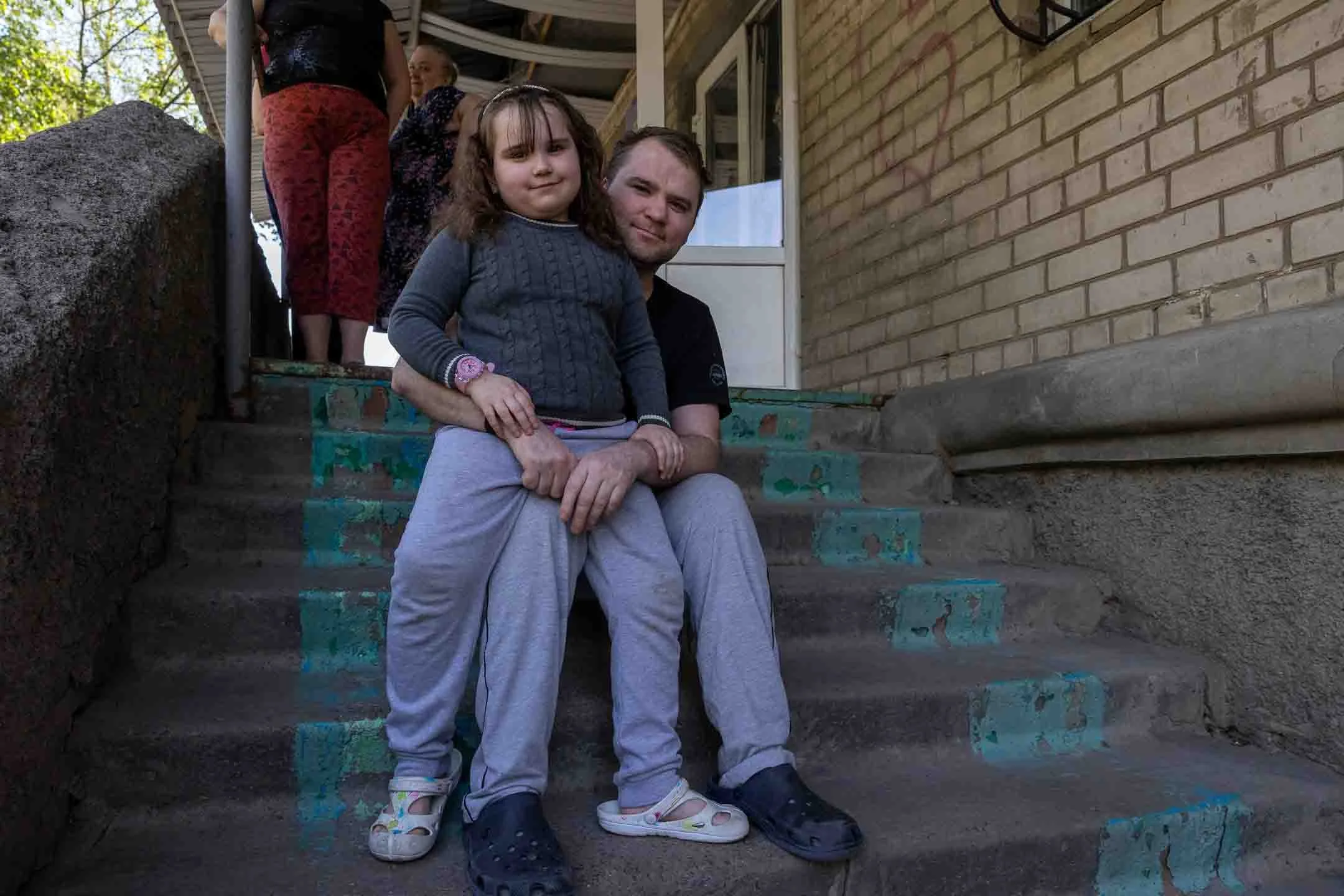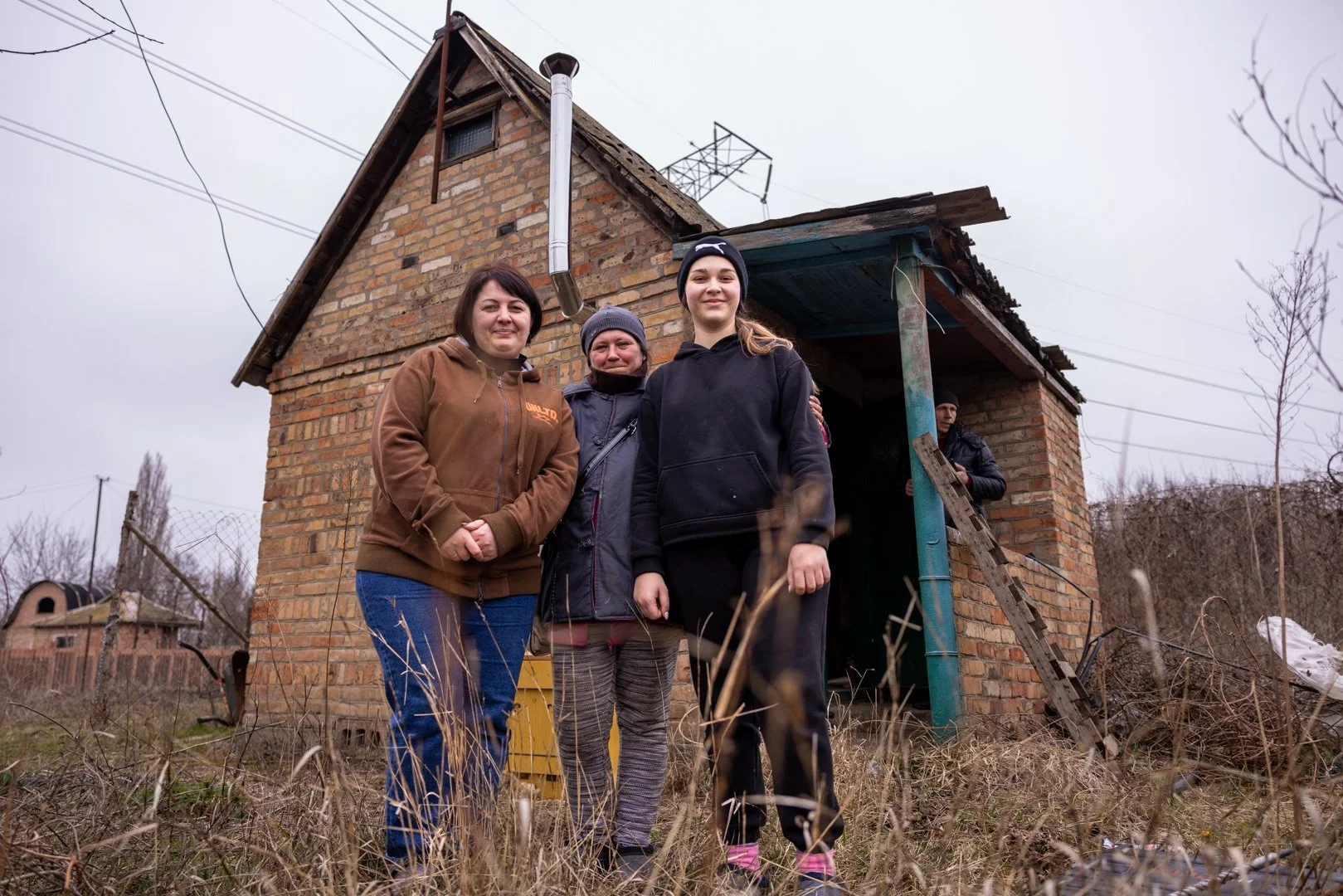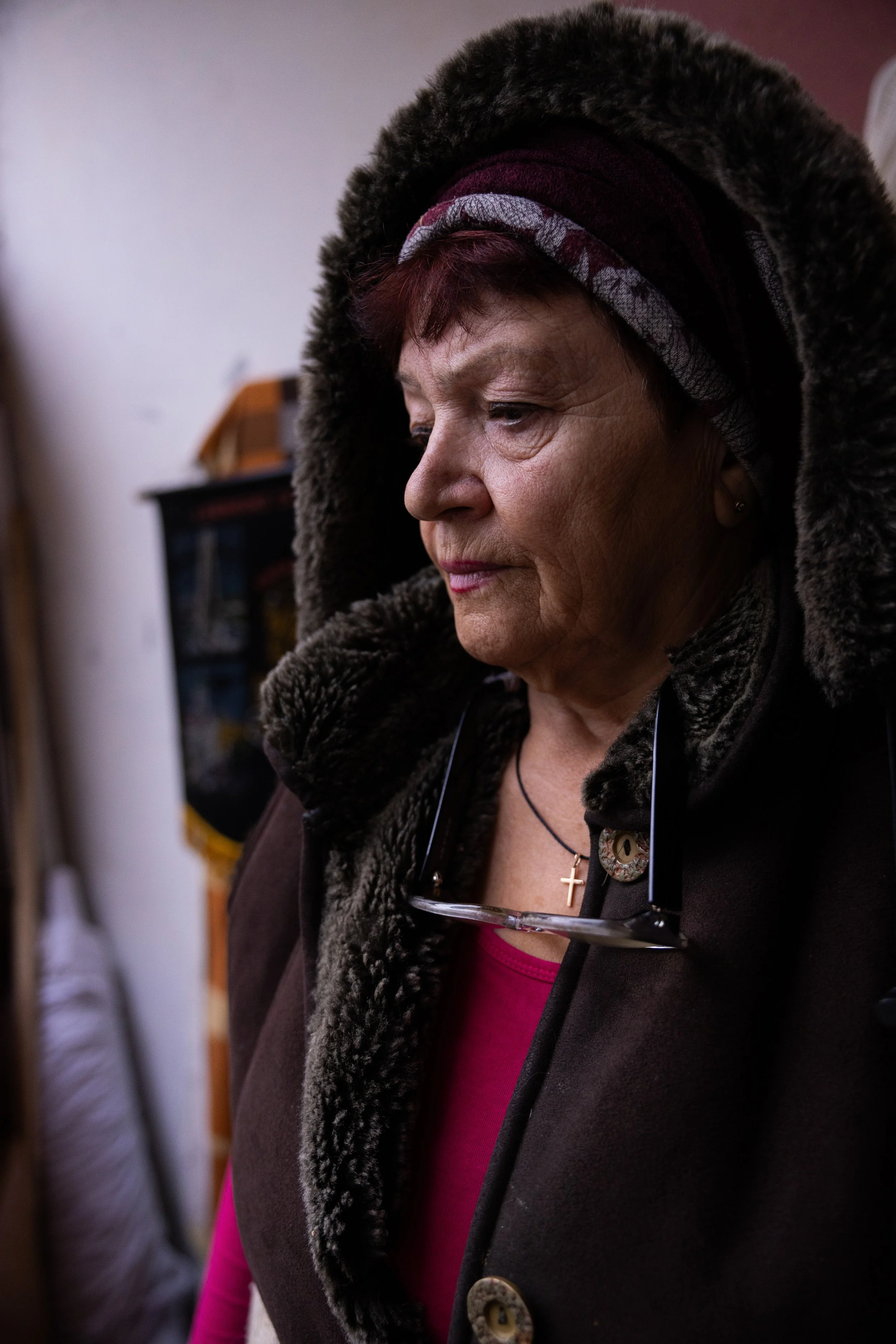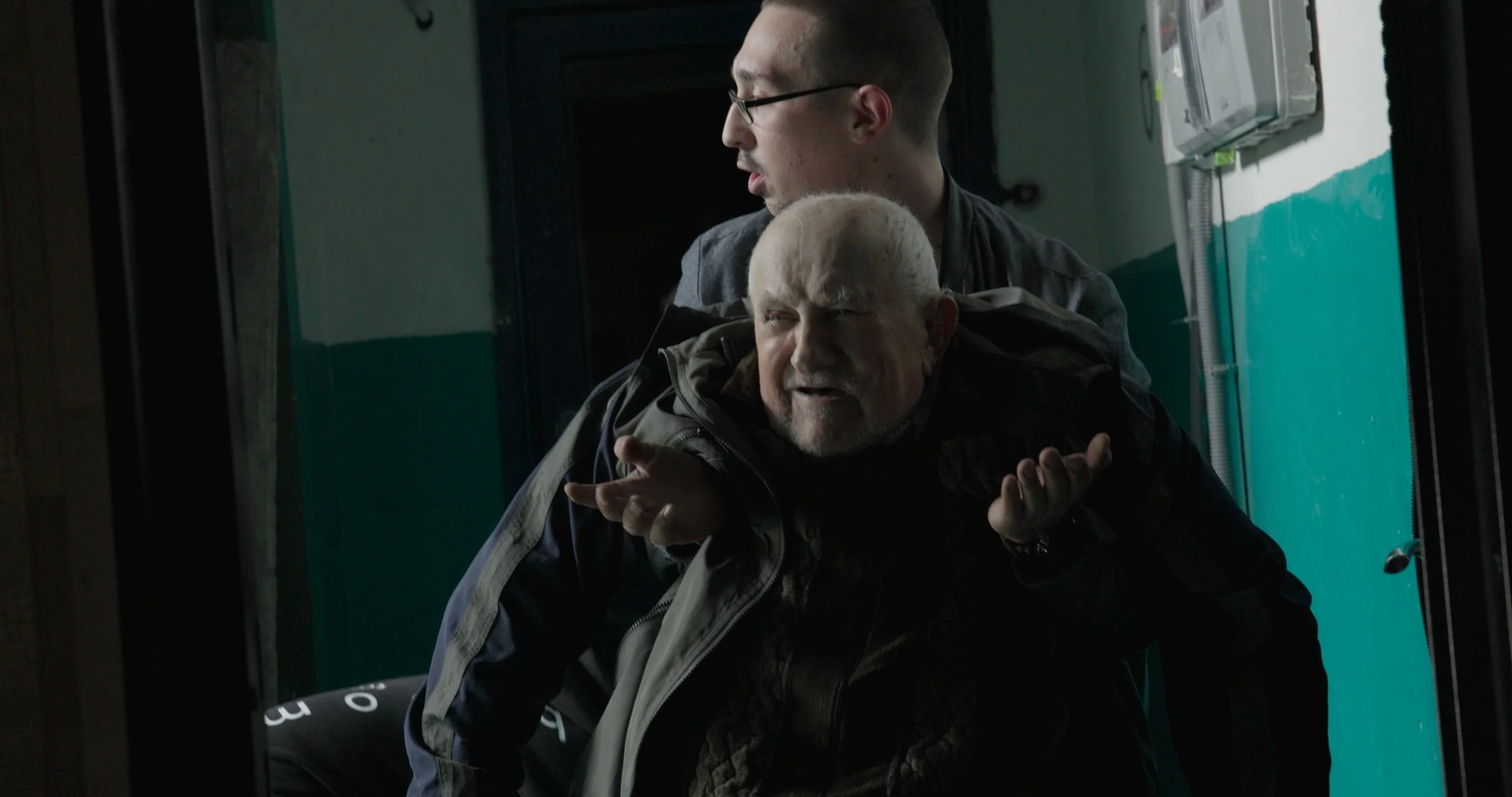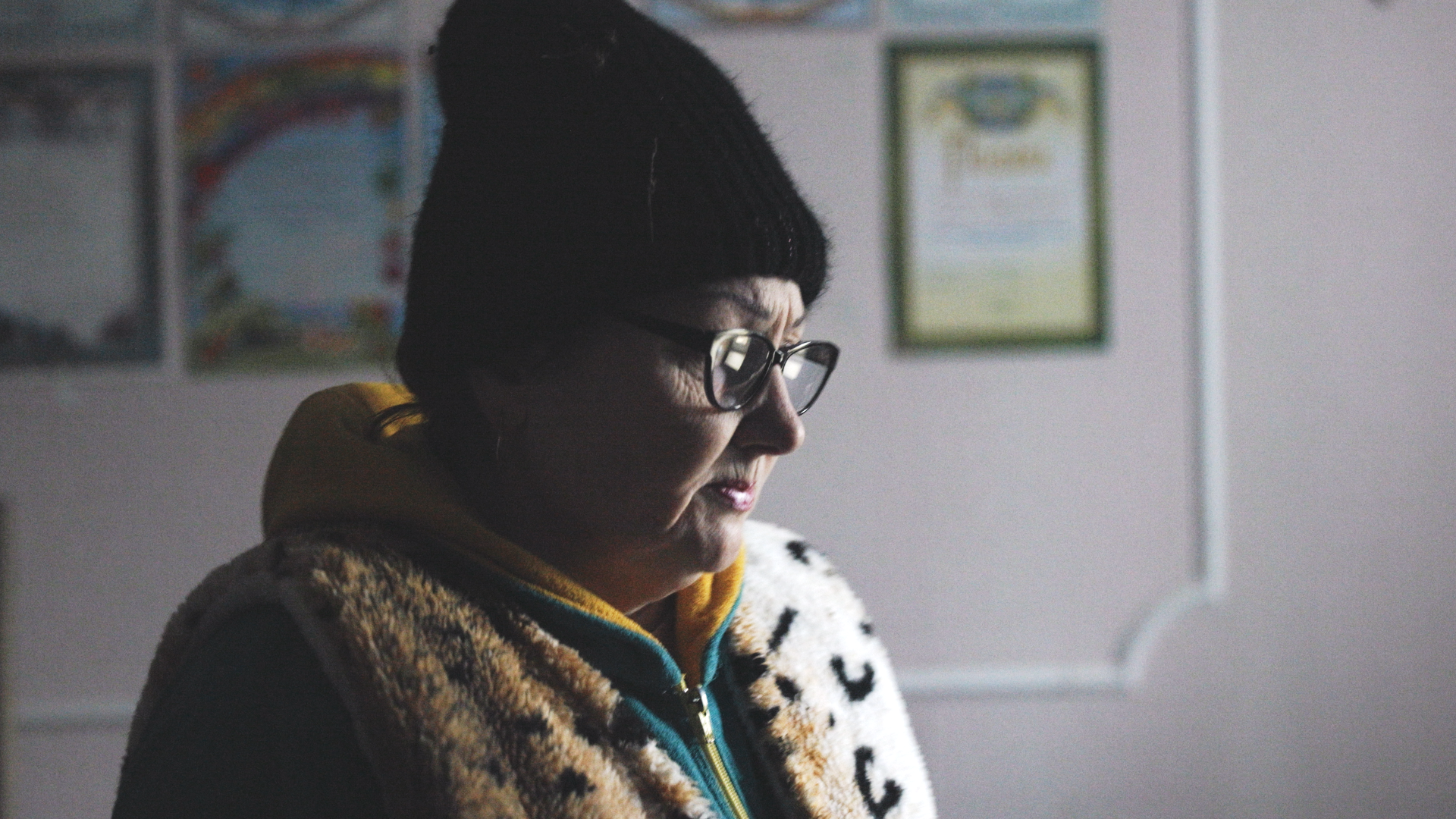THE STUDENT DORM AND IDP CENTER
In mid-April, a large-scale Russian attack on Dnipro caused extensive damage to both a student dormitory and an IDP center. The documents below highlight the experiences of residents and students, as well as the damage Insulate Ukraine is now fundraising to repair. This project builds on our ongoing work with the Dnipro University Hospital.
THE STUDENT DORM
Approximately 600 people currently live in the dormitory, including 70 individuals with internally displaced person (IDP) status. Many of the residents, including a large number of students, are from occupied territories and have no alternative housing options.
On the night of April 16, a Shahed drone strike caused significant damage to the dormitory. The blast wave shattered approximately 1000 window panes. Nearly all hallway floors, stairwells, and balconies lost their glass. The administrative offices and the student gym were also damaged and remain non-functional.
Due to the damage, many areas of the dormitory are exposed to the elements. Residents have attempted to board up windows with OSB sheets or plastic sheeting. These are temporary measures and do not provide adequate insulation or protection. Cold temperatures have led to illness among some residents, particularly as spring temperatures remain low at night.
Students have taken initiative to repair what they can, including communal and private areas, but resources are limited. Vulnerable residents, including women and those unable to perform repairs themselves, have relied on assistance from others in the dormitory.
Despite the damage and ongoing danger from air raids, most residents remain in the dormitory due to lack of alternatives. The facility continues to serve as essential housing for students, including medical students who must remain in Dnipro to continue their education and attend in-person .
TETIANA - HEAD OF DORMITORY
“Around 600 people live in our dormitory, including 70 with IDP status. From the night of April 17 to 18, a blast wave shattered nearly all of our windows. Almost every hallway, stairwell, and balcony lost its glass.
People are still living here, boarding up windows with OSB or plastic sheeting. Some have left, but many of our residents — including a lot of the students — are from occupied territories. They’ve got nowhere else to go. That’s why they stay. The administrative offices were damaged, and the gym where students trained is now unusable. Their recreation, their health — they’ve lost that too. And the staff can’t work properly either. The drafts, the damage — it’s affecting their health.
Even though it’s dangerous, most people remain. They need housing to keep studying, to take exams, to move forward. They stay because they have to — and because they want to.
I have worked here for ten years. All the residents here — whether students or IDPs — they’re my children. We’re one family. One big family.
And not every institution even has mobile phones you can call at night or on weekends. But my number is pasted on my office door. But ask the students — they’ll tell you. We’ve got good relationships here. We look out for one another.
We’re one big family.”
ANNA - MEDICAL STUDENT
It happened on the evening of April 16. We were relaxing after a normal day of classes and work. Around 10 PM, we heard Shaheds flying toward Dnipro. Messages started coming in: take cover. Hide.
We ran downstairs. Then we heard one flying close by — and then its engine cut out. Everyone knows what that means: it’s going to crash. And it did. We heard the impact, screams, and glass shattering.
In that moment, we were terrified. But we made it to the shelter in time. Thank God, no one was seriously hurt. A few guys had minor injuries, and we medics gave first aid. In the end, what matters most is life — that’s the priority. Life comes first.
As students, we carry the responsibility to study — especially now. And ideally, to study in person. We’re medics, after all. It’s hard, but we’ve adapted. It’s bad that we’ve gotten used to it, but like the body under stress, we adjust.
We go to class. When air raids start, we go to the shelters. Our professors go with us. And we keep studying down there — not just scrolling chats, but practicing, learning. That’s thanks to our university and our professors, who make it possible even in these conditions.
But after the strike on our dorm, it’s harder. The conditions for studying just aren’t there. I mean basics — like windows. We don’t have any.
VALENTYN - MEDICAL STUDENT
My name is Valentyn. I am a sixth-year student, I moved in to this dormitory four weeks before the full-scale invasion. It’s not the first time, let’s say, that drones have flown past our dormitory. And the last time, on April 16, our dormitory suffered significant damage.
You can see it on these windows — on every floor, the large windows were damaged. In many rooms, students took the initiative, even in the bathrooms, to try and fix things themselves. They managed to do something.
The windows in the administrative offices were also damaged. Living without windows even caused some of us to get sick, because even though it's spring, it's still cold.
There are also girls living in the rooms who can't do any repairs themselves. So, we all helped out together.
We gathered info, submitted lists, and we tried to help. As much as possible. We did as much as we could on our own, because the damage is extensive.
We can show everything later — all the windows, the full picture — because it’s still not summer yet, and it’s cold at night. For now, we’ve boarded up the windows with some OSB sheets, but still, it’s not a real solution — we’d like to make our dormitory a little more livable and orderly. Presentable again.
We’re doing everything we can as students ourselves, but it’s not enough.
THE IDP CENTER
The IDP center, home to families displaced by the war, sustained serious damage when a piece of a Shahed drone crashed into the building. The impact struck the top-floor bathroom, blowing open a large hole in the roof. Thankfully, no one was in the bathroom when the strike occurred, and there were no deaths. However, the blast shattered windows throughout the structure and cracked the buildings walls.
Though the outer walls remain standing, the building is now exposed to the elements. Residents have patched what they can with boards and plastic sheeting, but many areas — especially the upper floors — remain vulnerable to wind, rain, and cold. The center shelters children, elderly residents, and multi-generational families, all of whom now live in a structure that is only partially weatherproof. Despite the damage, daily life continues — children attend school, families cook meals, and neighbors look after one another — but the need for structural repairs is urgent if the building is to remain a safe place to live.
THE IDP FAMILY
Father: I’m Hryhorii Yuriyovych, from Luhansk region. I came here with my family as a displaced person. We arrived here in 2022, around March 3rd. This is now our home.
It happened in the evening, there was a huge blast nearby. We had just come back from church. The the roof caught fire. Two houses next to it also caught fire. The roofs caught fire. My little girl was very frightened. She had a panic attack. She kept saying, “We need to go to a different house.”
The blast blew out the windows from the inside. Cracked the window.
Daughter: I am seven years old. How I love being seven. Everything’s alright here at our new home. I go to school, this school nearby. The white school. I am in first grade. I do like it here, I have met lots of other boys and girls. I have made many friends, big time!
READ MORE FROM LIVES ON THE GROUND





